France’s Dassault Aviation has established itself as one of the biggest aerospace companies in the world. As its ‘star’ aircraft, Rafale continues to gain popularity in the foreign market while Dassault continues to sign more fighter jet deals.
Starting from scratch, this aviation giant has come a long way. However, it was one man’s effort that led to the birth of Dassault and France making huge strides in the aerospace sector.
Marcel Dassault, formerly Marcel Bloch, was a French electrical engineer and aircraft manufacturer. His firms, collectively known as Dassault Group, produced some of the 20th century’s most iconic aircraft. In 1990, one of the divisions was renamed as Dassault Aviation. The Mirage and Rafale are one-of-a-kind planes that aircraft lovers all around the world adore.
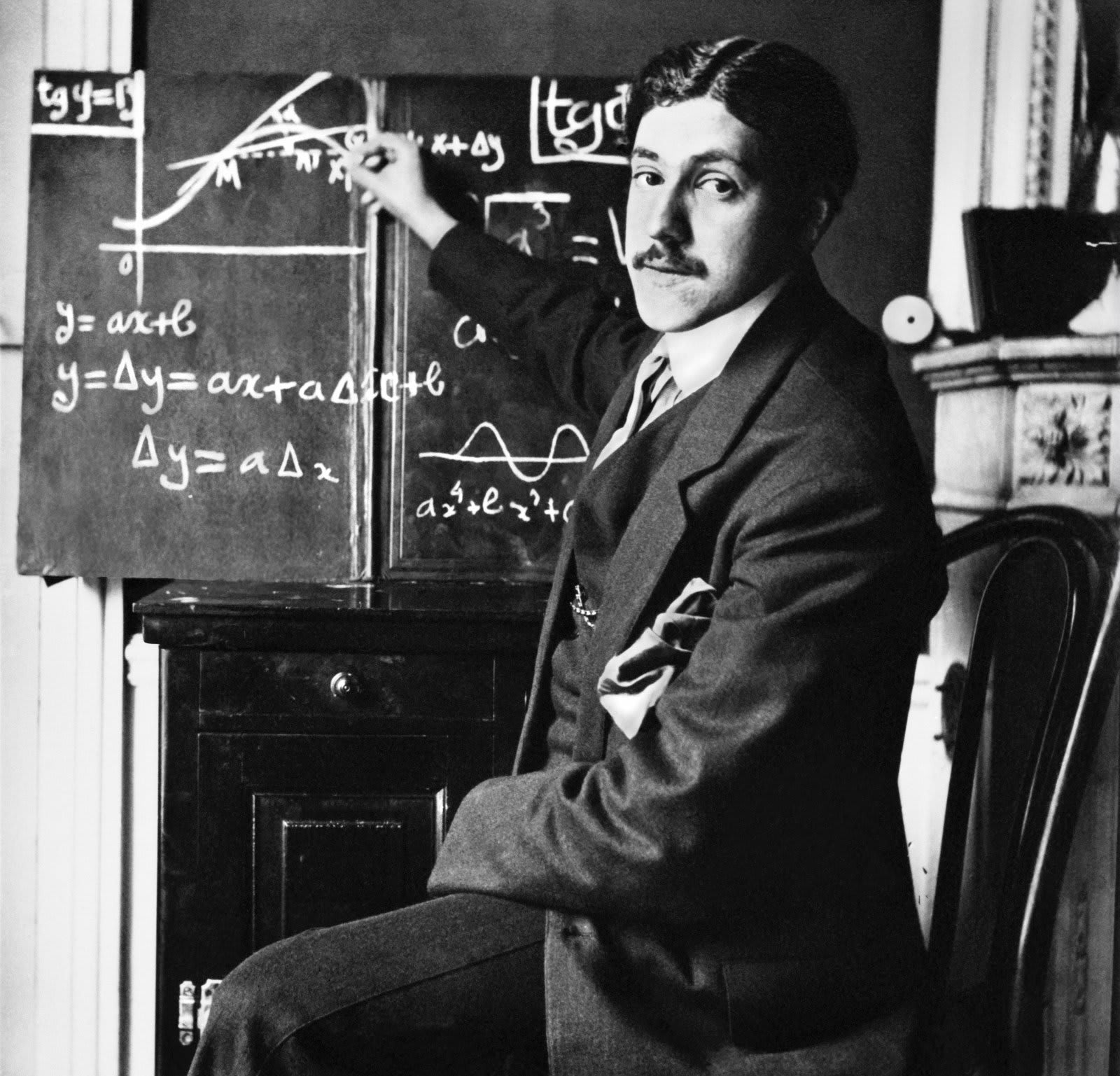
Born in Paris on January 22, 1892, Marcel Bloch was fascinated by new technology, particularly electricity, from an early age.
“One day, at playtime in the schoolyard, when the weather was quite lovely, I gazed up at the sky and saw Count Lambert’s Wilbur Wright pass the Eiffel Tower for the first time,” he had said. “I had never seen an Airplane before, but I knew it had invaded my thoughts and heart.”
He studied electrical engineering after finishing his secondary schooling, and then to a higher school of aeronautics, where he graduated in 1913.
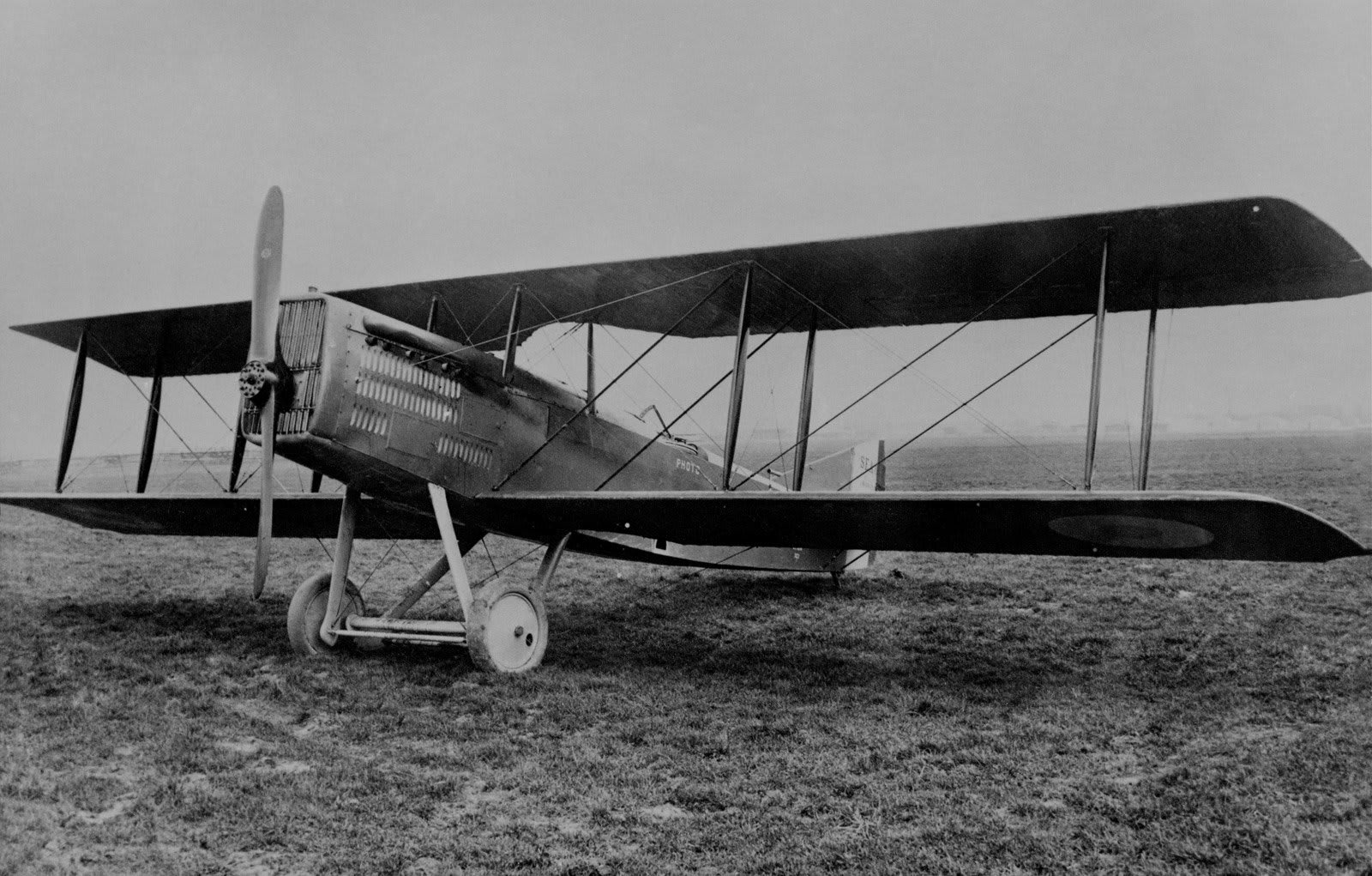
He began contributing to French aeronautics during World War I. In conjunction with Henry Potez and Louis Coroller, he was sent to the Chalais-Meudon aeronautical laboratory, where he put his engineering talent to work for France by developing the Éclair propeller (1916) and the SEA IV two-seater fighter (1918). He gained recognition for his contribution to French aviation at that crucial juncture.
Post-WW-I Interlude And Resurgence
After a hiatus in the 1920s, during which he focused on real estate and, to a lesser extent, the automobile, he returned to flying in 1930 by assembling a new team.
“One day, or rather one evening, being at Le Bourget, I saw Lindbergh arrive on the Spirit of Saint Louis which had just crossed the Atlantic. I understood then that something had changed in aviation and that civil aviation was about to be born. As Wilbur Wright’s plane had taken me to the air force, the Spirit of Saint Louis took me back,” he later recalled.
Marcel founded the Société des Avions Marcel Bloch firm in 1928, and the company produced its first plane in 1930. Bloch and Henry Potez agreed to buy the Société Aérienne Bordelaise, a Bordeaux-based aircraft manufacturer, in 1935.
In 1936, the Front Populaire nationalized his company. Its factories and design office were absorbed into the Société Nationale des Constructions Aéronautiques du Sud-Ouest (SNCASO).
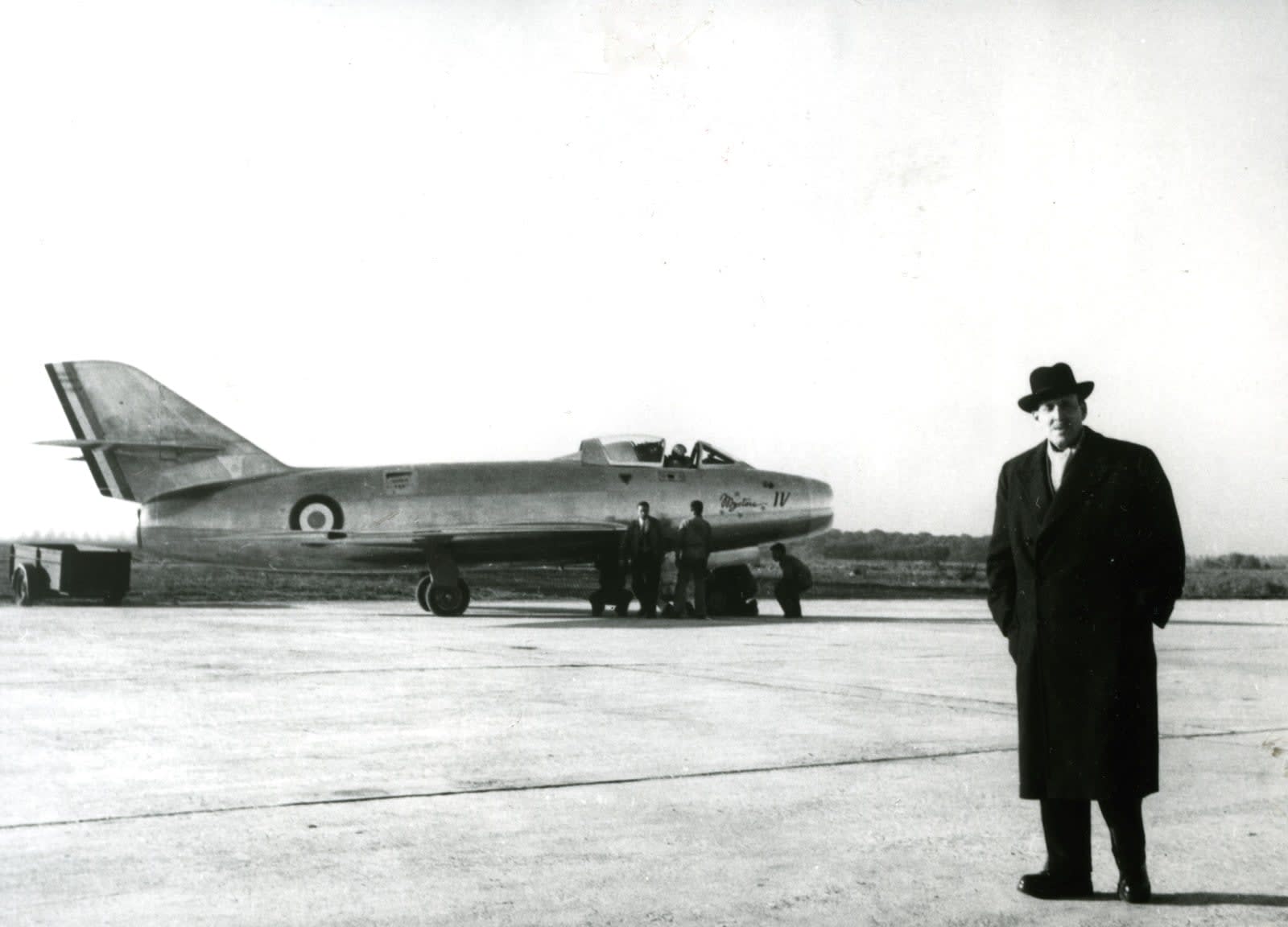
He had, however, founded Société Anonyme des Aviones Marcel Bloch (SAAMB) on December 12, the same year, to maintain the license rights for Bloch aircraft before nationalization and to build engines and propellers.
When World War II broke out, its aircraft contributed to the defense of the skies of France in 1939-1940.
The country’s aviation sector was mostly abandoned during the Nazi invasions of France during the Second World War. The only regular aviation fabrication activity was compulsory manufacture, which was limited to assembling and maintaining German parts.
After the invasion, Marcel Bloch would refuse to cooperate with the Nazis. As a result of his defiance, he was arrested and imprisoned at Montluc Fort, Lyons. Because he was a Jew, he was transferred to the Drancy concentration camp before he spent another 8 months in Buchenwald from 1944 to 1945.
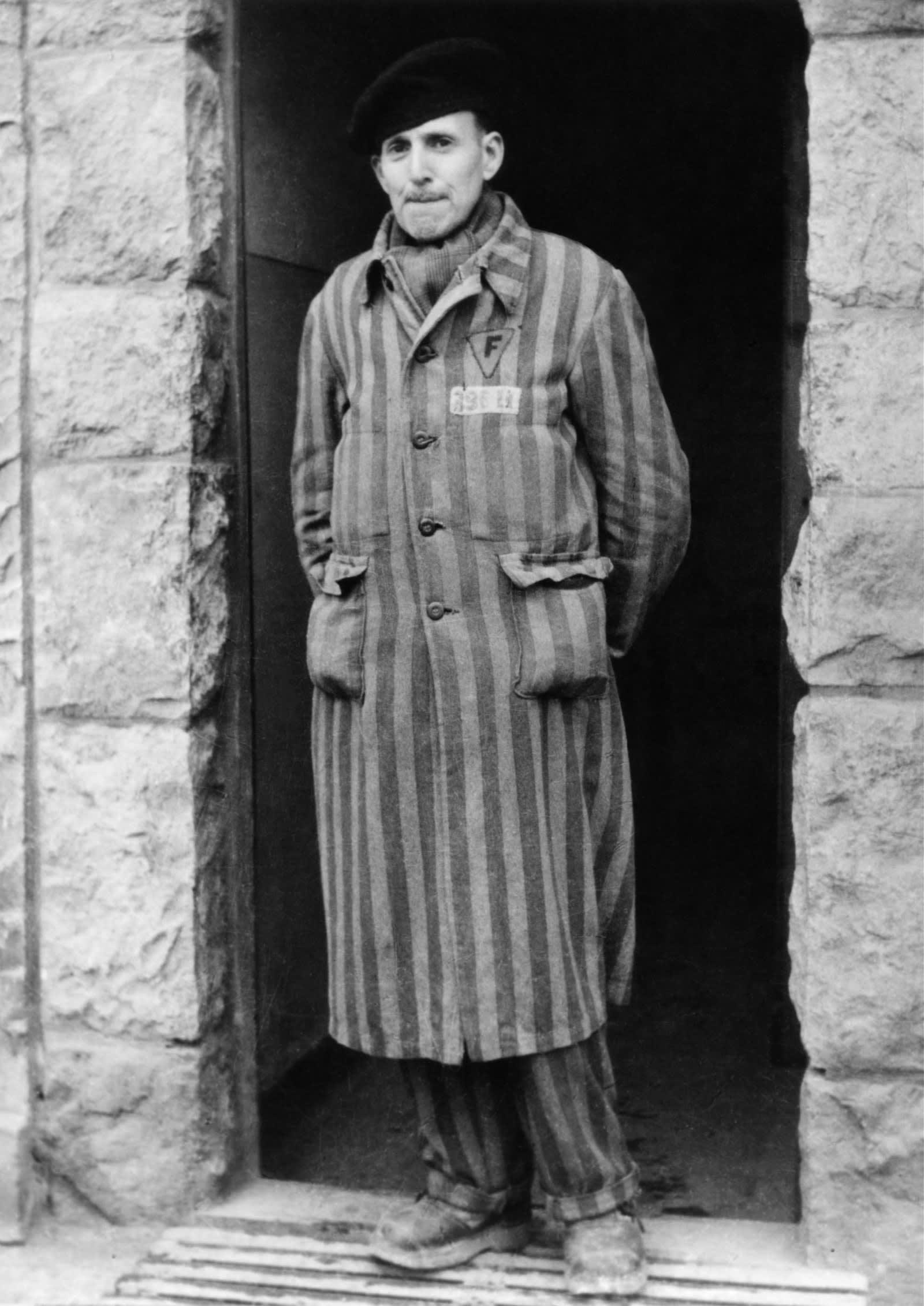
The torture and abuse in the Nazi concentration camps had left him disabled to the point where he could hardly walk. Doctors had given up hope of his recovery. But that did not stop Marcel from building aircraft.
Birth Of Marcel Dassault
Despite being disabled by post-diphtheria sickness, he resumed his aviation activity in 1945, at the age of 53. Marcel Bloch and his family decide to alter their name in order to forget about the harsh days of the war. In 1949, he adopted the codename Marcel Dassault used by his brother, General Paul Bloch, in the Resistance.
Marcel would later go on to become a senator for the department of Alpes Maritimes and a representative for the department of Oise. Meanwhile, Dassault, his brainchild, would go on to become a top aviation company producing jet-powered aircraft.
The MD-450 Ouragan, the French Air Force’s first jet aircraft, is one such example. It entered service in 1949 and was a forerunner in the post-war French aeronautical industry.
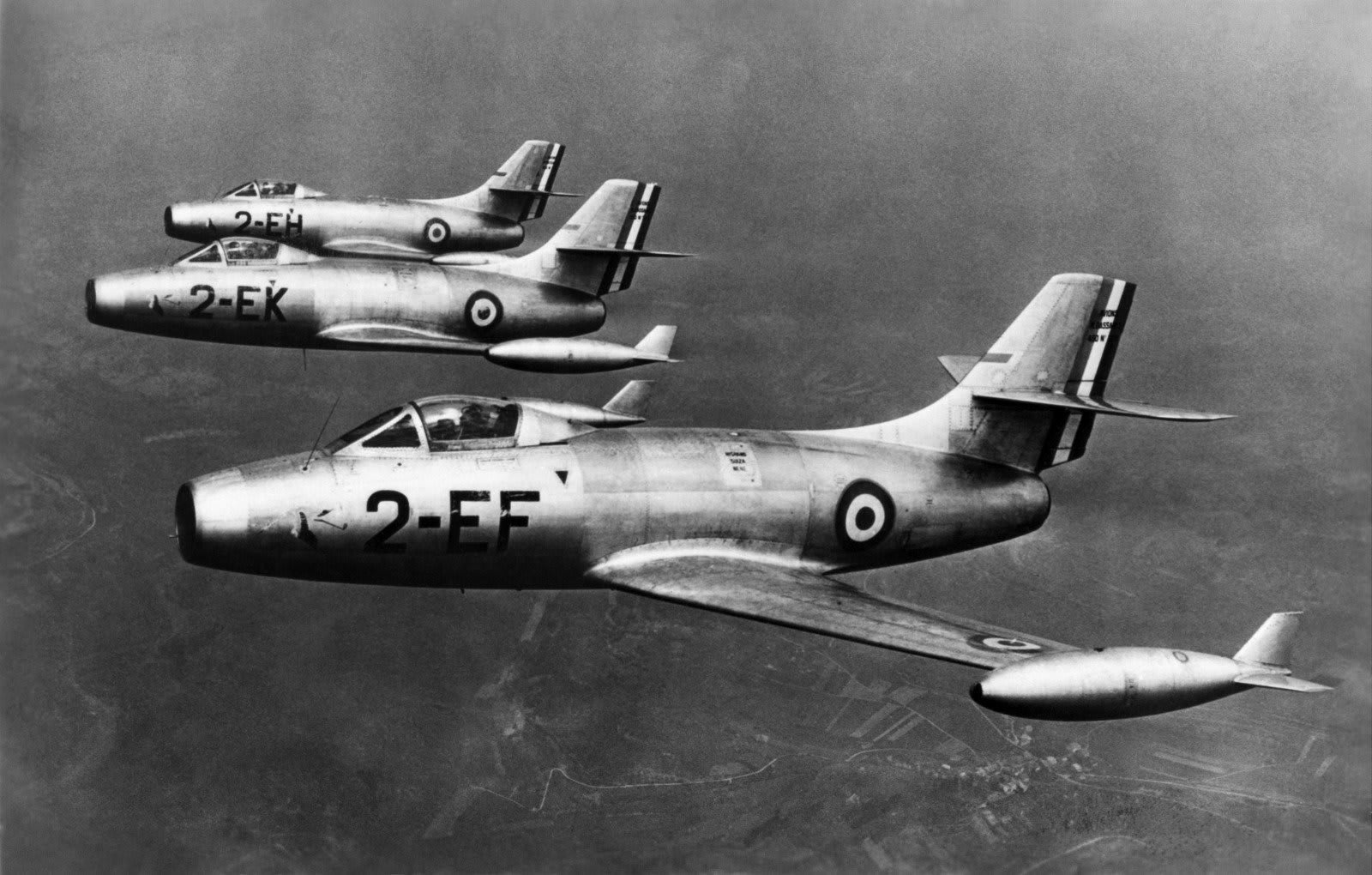
It also allowed the French to start exporting their technology, particularly to India and Israel. Dassault’s Mystere IV, which debuted in 1954, was one of the company’s early successes. When the US ordered 255 planes as part of a NATO deal, it would also strengthen the company’s international standing. It was also, arguably, the pinnacle of jet design in the 1950s.

Later, the Six-Day War between Israel and its Arab neighbors in 1967 cemented Dassault’s reputation as a manufacturer of high-quality aircraft. Interestingly, Marcel Dassault is also well-known for his role in the development of the French strategic nuclear force, which was determined by the French government during the 1956 Suez expedition through the Mirage IV program.
Dassault would later buy Breguet in 1971, and the Avions Marcel Dassault-Breguet Aviation would be born (AMD-BA).
Dassault Aviation
Dassault Aviation’s Mirage is the name given to various types of jet aircraft created and constructed by the company. This plane series would go on to be a huge success, with many different versions being produced. The majority of these aircraft were supersonic fighters with delta wings.
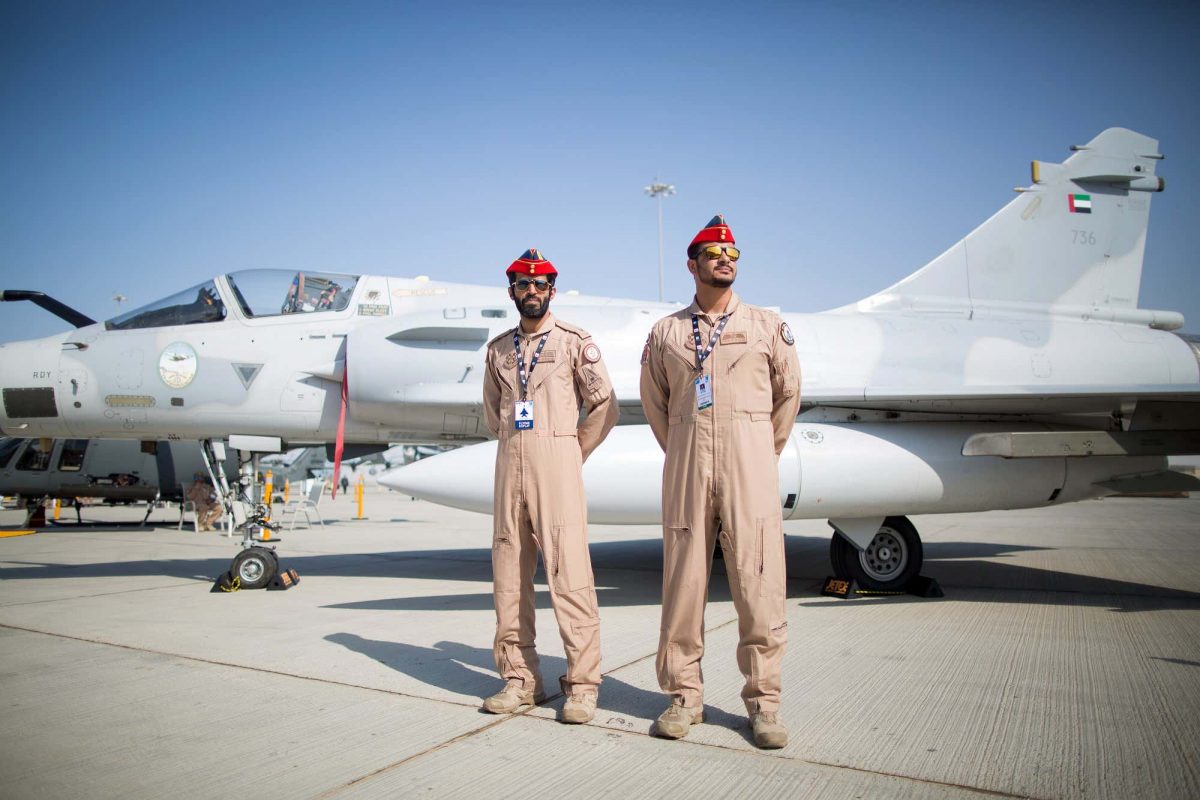
The Mirage III was by far the most popular and successful of all the aircraft versions. Dassault, as well as numerous other licensed businesses, produced and modified Mirage IIIs in large numbers.
The Mirage 2000 was developed and introduced in the early 1980s. For the French, the delivery of this fighter would usher in a new era of advanced computerized weapon systems.
The Rafale would be Marcel Dassault’s final aircraft to be developed under his direct supervision. Since 2006, this plane has proven its capability to perform a wide range of operational activities for which it was built. Even though it took some time for this aircraft to get widespread acceptability, it has now emerged as one of the most competitive fighter jets in the world.

Marcel Dassault wasn’t satisfied with his achievements in aviation, journalism, and politics. He was also fascinated by architecture, films, banking, and the stock market. His service to France earned him the Legion of Honor’s Grand Cross, France’s highest civilian honor.
Marcel died on April 18, 1986, in Neuilly-sur-Seine, barely three months before the Rafale took its maiden flight. The French government, top-ranking officials, and both local and international media would lavish praise on him.
Marcel’s son, Serge, took over as CEO of Avions Marcel Dassault, which was renamed Groupe Industriel Marcel Dassault to reflect the company’s larger interests. Dassault Aviation was the name given to the aviation branch in 1990.
- Contact the author at sakshi.tiwari9555@gmail.com
- Follow EurAsian Times on Google News




